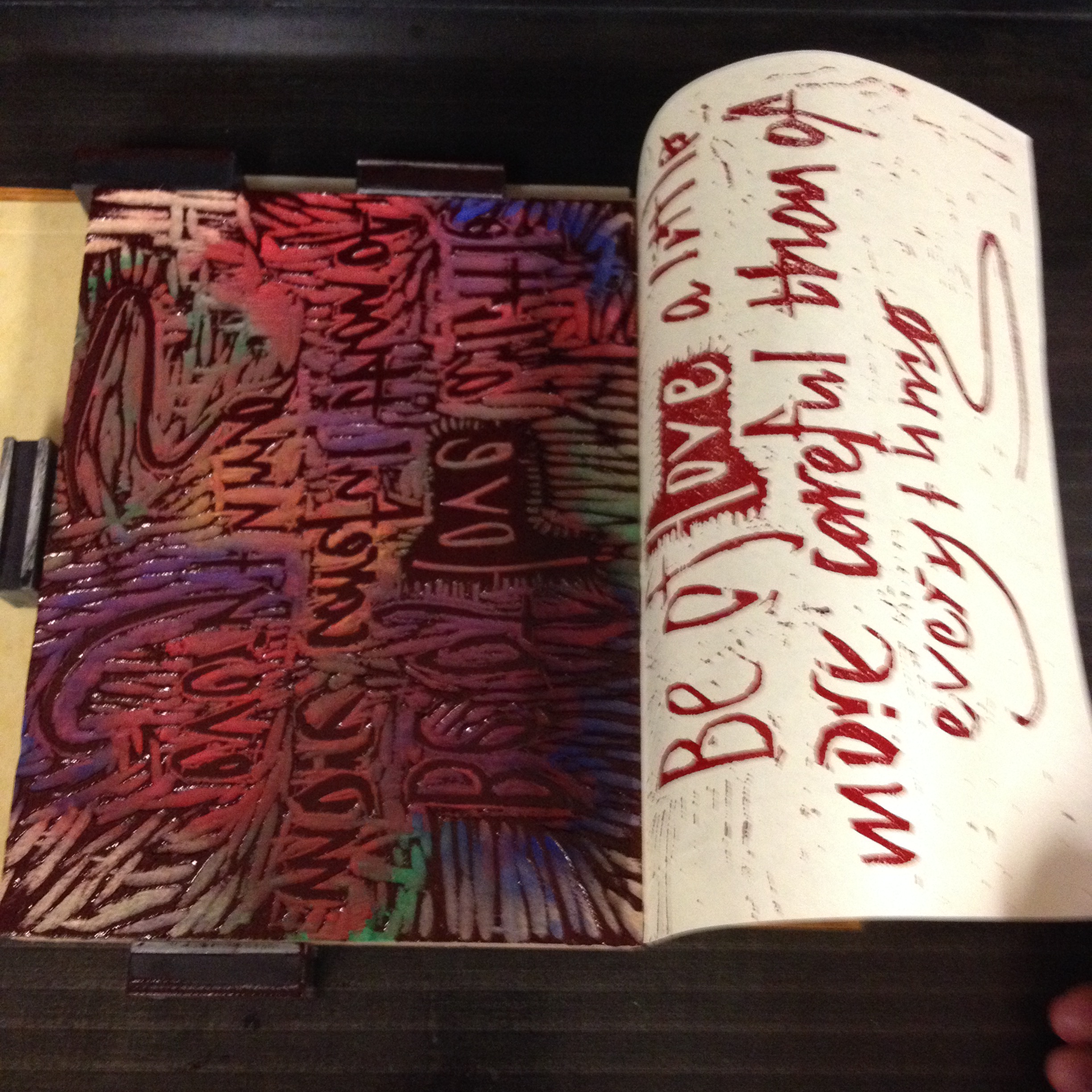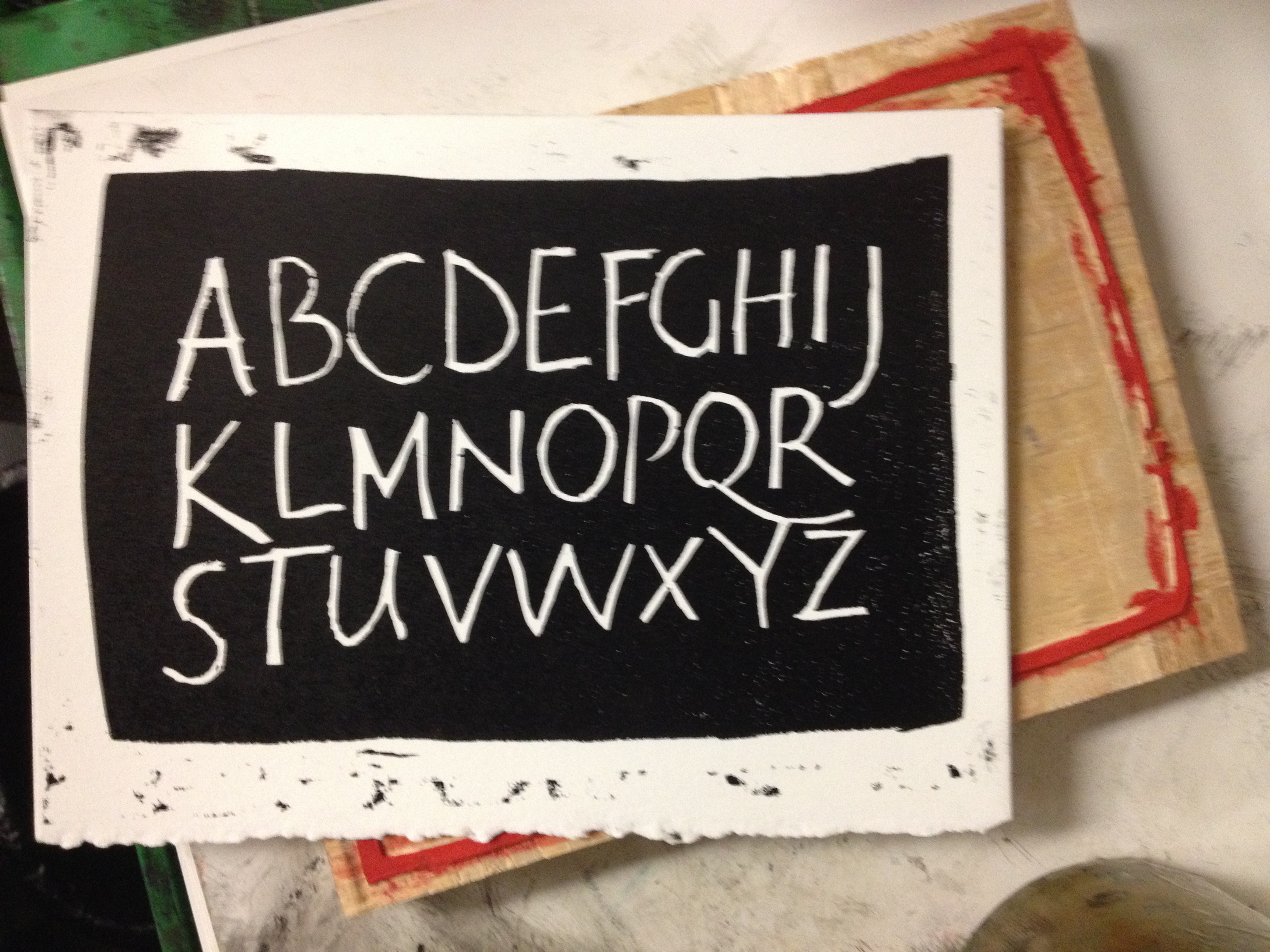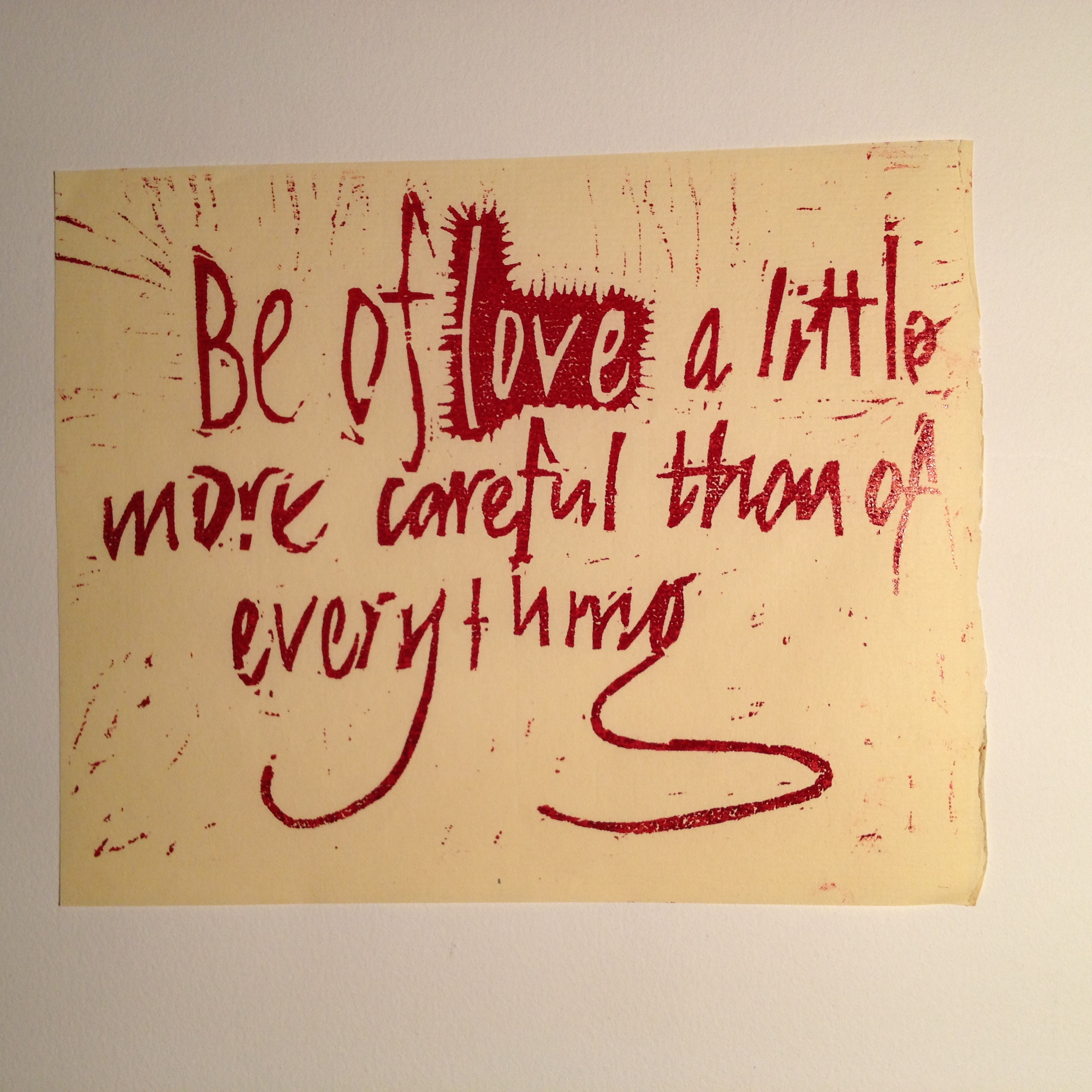Finding Libraries with Writing Manuals
What is a Writing Manual?
Writing manuals teach a student how to form letters and write a particular style of writing or hand. Often, a writing manual discussed ink recipes, paper selection, how to cut a quill into a pen and how to hold it. They came into widespread use in the first quarter of the 16th century as a way to teach students how to be scribes. The first writing book to be published was written by Ludovico degli Arrighi's La Operina and was printed from a text cut in wood.
Books with text cut in wood had been available prior to the invention of moveable type, but those books were meant to be read for the text only. With metal type, there was no way to illustrate how to form letters, and Arrighi had his text engraved in wood and printed from these blocks of text. Writing manuals quickly became Renaissance best sellers. Writing manuals were popular books because they showed how to write specific styles and they were designed to be beautiful books.
Because the text was cut in wood (later engraved in copper), the blocks were saved for later printing and often printed by different printers. Their useful life could extend beyond a century. This gave rise to a dizzying number of variants and titles.
Giovanni Batista Palatino composed and published Libro nuovo d’imparare a scrivener in 1540. As you can see from the title, the advertiser's favorite "New and Improved" marketing technique was born. Julie L. Melby at Princeton's Graphic Arts collection does a fine job of writing about these books in Palatino's Tools of Writing.
The Bancroft Library's copy Compendio del gran volvme dell'art del bene & leggiadramente scriuere tutte le forti di lettere e caratteri... from 1588, shows a previous owner's attempt at writing out the text in the margin.
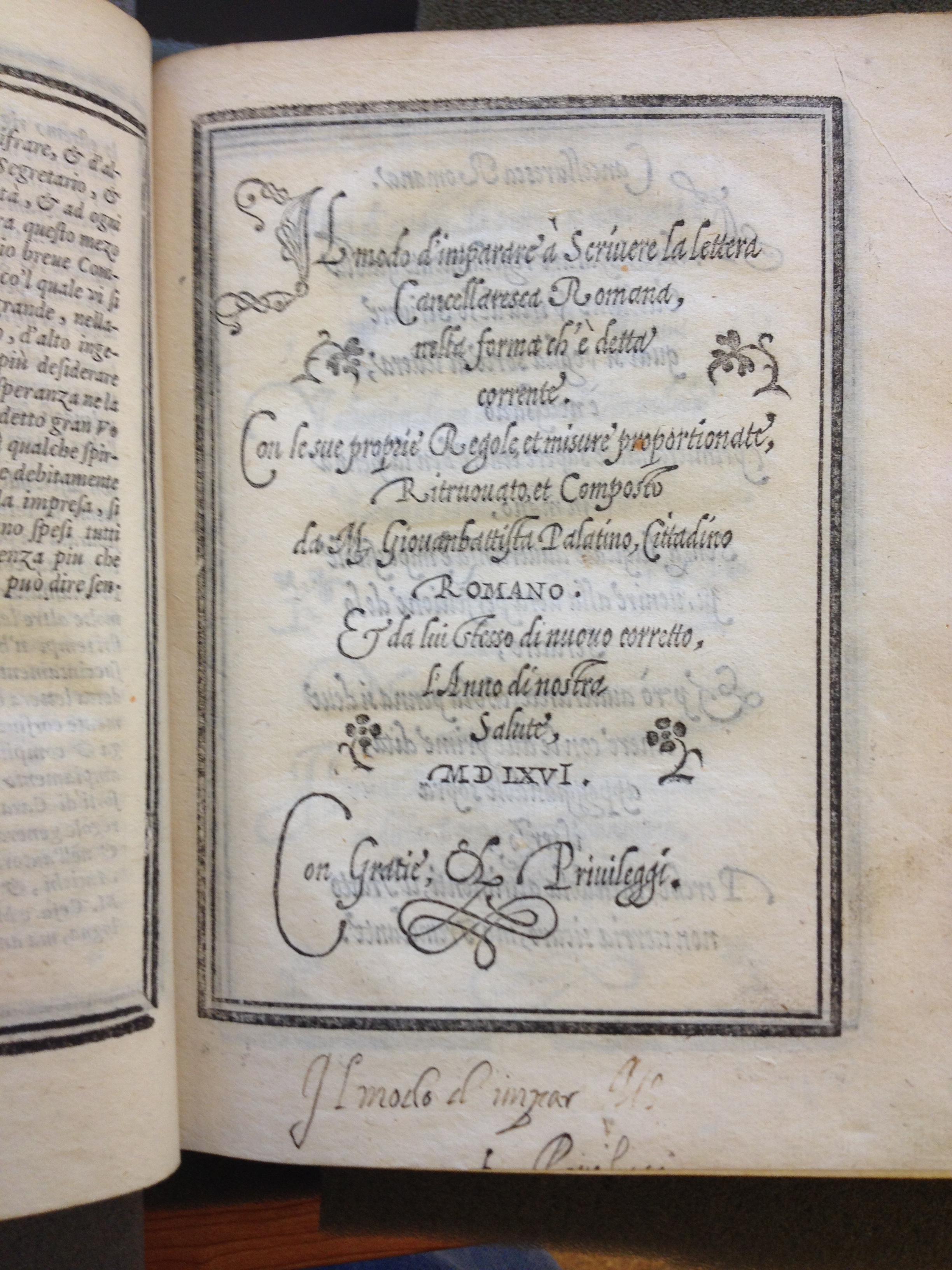
Where are these books located & how do I find them?
The heavyweights in the history of writing have written about these books for a century. People like Stanley Morison, Alfred Fairbank, James Wardrop and Nicholas Barker dove deep into this subject. These guys were interested in how handwriting influenced type design and how these books were made and printed because they were primarily illustrated books about letterforms. Illustrated in wood or metal, the text might be all cut (therefore illustrated, not typeset) or an admixture of typographic and xylographic (woodcut) or copperplate. If you're really interested in this, you can get lost in the subject and never even see one of the actual books. There is so much literature in both books and journals that you could spend a year reading and know only a little.
Because I have spent a lot of time looking at these books all over the US, I'm familiar with their location and know where the major collections are. Making a census of books by location will assist scholars in their research. Without this type of finding aid, it is difficult to know what is in an institution since items are not cataloged in a way that they can be found online.
I invite readers to suggest institutions with writing manuals and copybooks that I may have missed.
Map it!
I am drawing a map that will give you a view of where I'll be headed - and loosely, when. Then you can follow along, and if I discover more institutions along the way I can visit them. The trip will begin in the Bay Area and head in a counter-clockwise direction around the US and into Canada.
Leaving the locals till last, I'll give you a quick highlight: Huntington Library, Harry Ransom Center, UTAustin, Library of Congress, Folger Shakespreare Library, Scranton, Philadelphia, Princeton, New York Public Library, Columbia University, Yale, American Antiquarian Society, Harvard, Toronto, Chicago, Iowa City, and home to the target-rich environment of the Bay Area.
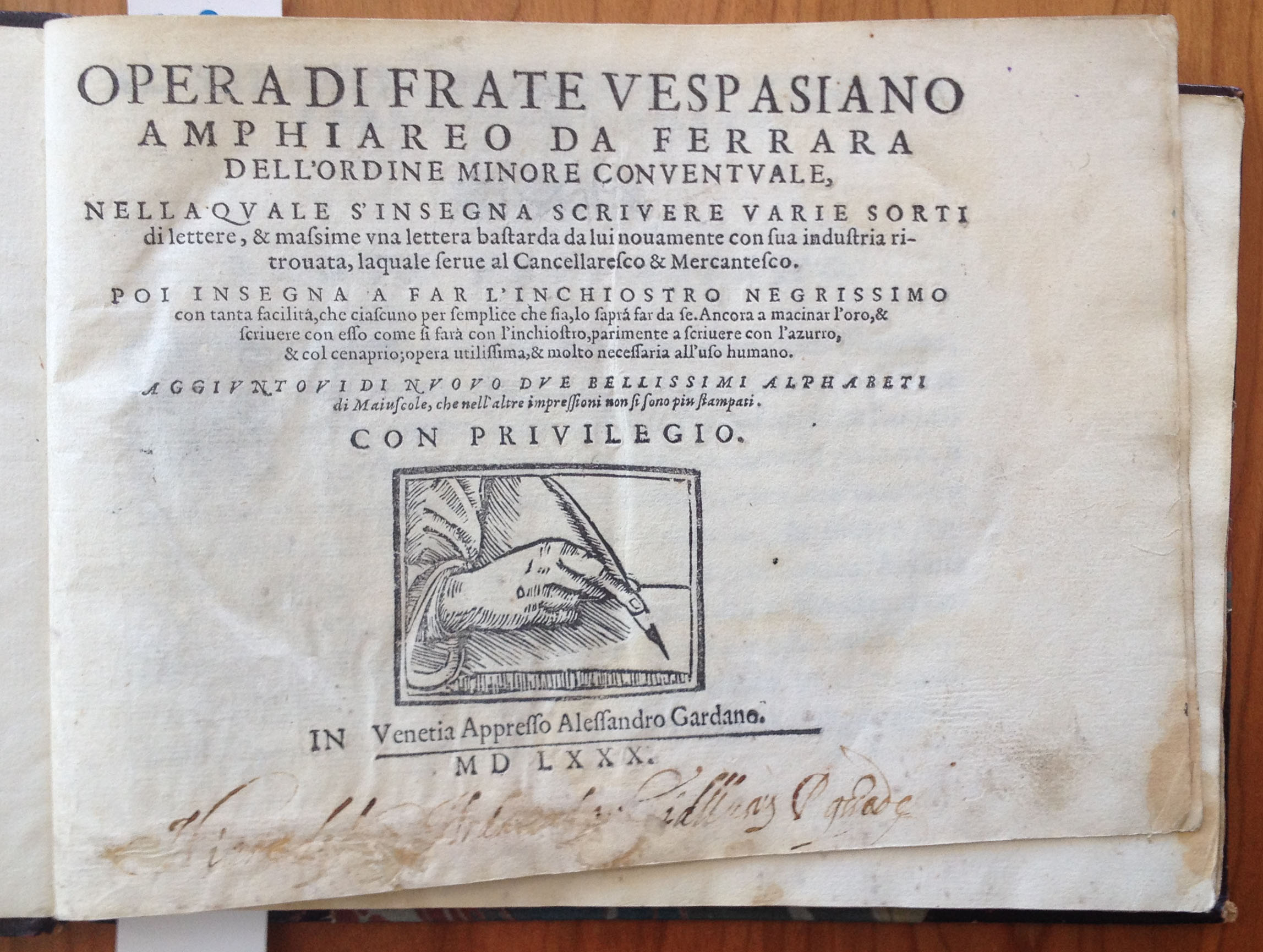
Locally, the Bancroft Library at UCBerkeley has a number of items, San Francisco Public Library, Stanford and the Letterform Archive. You'll be hearing about this new institution as my friend Rob Saunders has turned his private collection of material about letterforms into a nonprofit organization that offers digital images of the collection as well as on-site study for type designers, calligraphers, lettering artists and historians.
I've got a few things to prepare for my Indiegogo launch on June 19, and will be back in a day or two with more.
Here's a few woodblock items I've done and printed letterpress.
